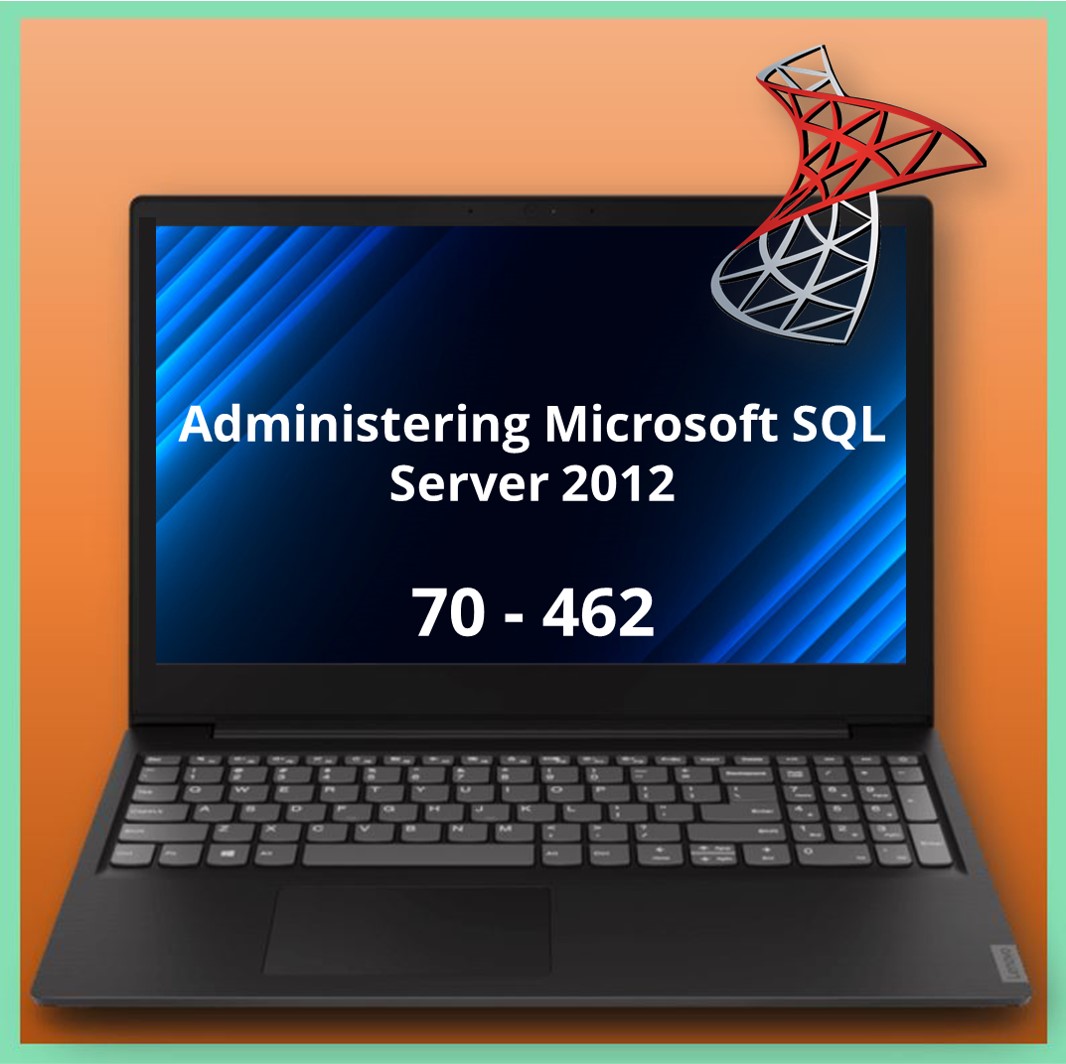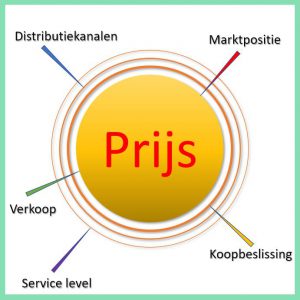Aangeboden leervormen

70-462: Administering Microsoft SQL Server 2012 Databases
Met de online training 70-462: Administering Microsoft SQL Server 2012 Databases van Sinteno krijg je de meest complete digitale leeromgeving en de beste voorbereiding op de praktijk of het examen. Het is een dynamische en unieke voorbereiding op de certificering EN geeft je tools die volledig zijn geïntegreerd in een omgeving.
De online training 70-462: Administering Microsoft SQL Server 2012 Databases geeft toegang tot zowel de e-Learning, de examensimulatie, een online mentor, examenquizzen, tips, trucs en links.
Deze online training geeft echter géén toegang tot een Live Lab.
Hier vind je meer informatie over CertKits en Live Lab's
In deze online training 70-462: Administering Microsoft SQL Server 2012 Databases leer je de SQL Server 2012 te installeren inclusief de hardware, software en veiligheidseisen. Daarnaast leer je diverse SQL Server 2012 componenten en management tools kennen.
Onderwerpen die onder andere aan bod komen zijn de installatie van SQL Server 2012, het maken van backups, databases restoren, audits, configuratie van mail, meldingen en alerts in de database, troubleshooting en nog veel meer.
Voor wie
Databasebeheerder.
Programma
Tijdens de online training 70-462: Administering Microsoft SQL Server 2012 Databases worden de volgende onderwerpen behandeld:
Instance Configuration and Database Creation
- Use Configuration Manager to manage SQL Server 2012 services
- Recognize the steps involved in configuring a Windows Firewall for Database Engine Access
- Recognize the functions of the different pages in the Server Properties dialog box
- Describe how to add features and components to a SQL Server 2012 installation
- Configure Reporting Services using Reporting Services Configuration Manager
- Identify how Reporting Services can work with SharePoint
- Enable SQL Server features
- Perform configuration tasks on SQL Server 2012 instances
- Describe the characteristics of databases and their architecture
- Match the database type to its description
- Create a database
- Change database options
- Identify the features of databases
- Use a variety of methods to create databases and alter their preferences
Managing Databases and Automating Tasks
- Recognize how to perform database management tasks using the DBCC CHECKDB command
- Alter the size of a database
- Describe the features of Database Mail
- Use the Database Mail Configuration Wizard to configure Database Mail
- Manage a SQL Server 2012 database
- Configure and manage Database Mail
- Identify the steps to configure SQL Server Agent to automate SQL Server administration
- Create a SQL Server Agent job
- Describe the characteristics of automated server administration in SQL Server 2012
- Set up servers to facilitate administrative job automation
- Recognize how to manage SQL Server Agent Jobs
- Recognize how to manage target servers
- Use SQL Server Agent to automate SQL Server administration
- Manage servers and jobs
Security Management
- Describe the characteristics of resource security in SQL Server 2012
- Recognize how the fn_builtin_permissions function is used to obtain information on granted permissions
- Recognize how to create logins
- Describe the characteristics of credentials and roles
- Describe how to manage database users in SQL Server 2012
- Identify how data encryption is used in SQL Server 2012
- Sequence the steps involved in Transparent Data Encryption
- Manage access in SQL Server 2012
- Use data encryption in SQL Server 2012
- Match the SQL Server 2012 audit components to their descriptions
- Use the auditing features in SQL Server 2012
- Describe the characteristics of policy-based management in SQL Server 2012
- Recognize how to use policy-based management in SQL Server 2012
- Create an audit and an audit specification for a given scenario
- Use policy-based management in SQL Server 2012
Managing Database Data
- Identify the characteristics of FILESTREAM
- Enable and configure FILESTREAM
- Identify the considerations involved in implementing FileTables
- Manage FileTables using Transact-SQL
- Determine the most appropriate method for populating FileTables for a given scenario
- Describe the considerations involved in using data compression
- Enable compression
- Use SQL Server 2012 features to manage the storage of files
- Implement a data compression solution for a given scenario
- Describe the considerations involved in working with bulk data in SQL Server 2012
- Use the bcp utility to move data
- Recognize how to create file formats
- Use the Transact-SQL statements that support bulk importing
- Use SQL Server 2012 data import and export tools
Managing Indexes, Full-Text Search and Partitions
- Match the indexes that can be used in SQL Server 2012 to their descriptions
- Recognize the considerations associated with creating different types of indexes
- Recognize the options available for managing indexes
- Perform index maintenance
- Describe the characteristics of indexes in SQL Server 2012
- Manage and maintain indexes
- Recognize the steps for enabling full-text search
- Implement full-text search in SQL Server 2012
- Describe the features of partitioning in SQL Server 2012
- Recognize how to manage partitioning in SQL Server 2012
- Use full-text search in SQL Server 2012
- Recognize how to employ partitioning in SQL Server 2012
Backing Up and Restoring Databases
- Determine the most appropriate recovery model for a given scenario
- Choose a logical backup device
- Match the different kinds of backups to their descriptions
- Recognize how to create a database backup
- Describe the consideration involved in planning to restore a database
- Recognize how to restore a database for a given scenario
- Determine when to use particular backup types
- Determine which recovery models and backup types should be used in a given scenario
- Create database backups
- Use SQL Server 2012 restore features
Database Monitoring and Performance Tuning
- Describe the importance of database monitoring
- Recognize how SQL Server Profiler is used to monitor a database
- Describe the characteristics of SQL Server 2012's performance monitoring tools
- Create an Extended Event session using the CREATE EVENT SESSION statement
- Configure the management data warehouse to support data storage on instances of SQL Server that are using the data collector
- Recognize how Resource Governor is used to manage resources
- Monitor databases
- Access data to solve a server issues
- Describe how to manage SQL Server workload using Resource Governor
- Recognize how locking is used to secure data integrity in a SQL Server 2012 database
- Describe how to minimize deadlocks
- Manage deadlocks
- Describe how locking is used in a SQL Server 2012 database
- Use the features of SQL Server 2012 to manage and resolve deadlocks
Configuring High Availability
- Match the high availability solutions to their descriptions
- Describe the considerations involved in installing SQL Server AlwaysOn Failover Clustering
- Match the steps in the failover process with appropriate examples
- Describe the considerations involved in implementing AlwaysOn Availability Groups
- Implement AlwaysOn Availability Groups
- Prepare for database mirroring
- Describe:
- How to set up database mirroring
- How to monitor database mirroring sessions
- The options when setting up replication
- Match the subscription types to their description
- Determine the most appropriate high availability solution for a given scenario
- Recognize the considerations involved in implementing AlwaysOn Availability Groups and SQL Server Failover Clustering
- Implement database mirroring
- Recognize how to distribute data and database objects using replication
TestPrep 70-462 Administering Microsoft SQL Server 2012 Databases
- TestPrep 70-462 Administering Microsoft SQL Server 2012 Databases
Resultaat
Je kunt zelfstandig een Server gebaseerd op SQL Server 2012 installeren en beheren.
Voorkennis
Je beschikt over de volgende voorkennis:
– Basiskennis van Windows besturingssystemen;
– Praktische kennis van Transact-SQL;
– Praktische kennis van relationele databases.
Examen
Let op: Deze training blijft wel bestaan maar de mogelijkheid om het bijbehorende examen af te leggen is per 31 januari 2021 komen te vervallen.
Een groot aantal Microsoft trajecten zijn namelijk aan het veranderen. Veel MCSA en MCSE trajecten maken plaats voor Role-Based trajecten.
De vervanger van deze online training is nog niet bekend.
Bij de training inbegrepen
| Certificaat van deelname | ja |
| Voortgangsbewaking | ja |
| Geschikt voor mobiel | ja |
| Studieadvies | Onze consultants zijn beschikbaar om je te voorzien van studieadvies. |
| Studiemateriaal | Gecertificeerde docenten met uitgebreide kennis over de onderwerpen. |
| Service | Service via telefoon of e-mail. |







